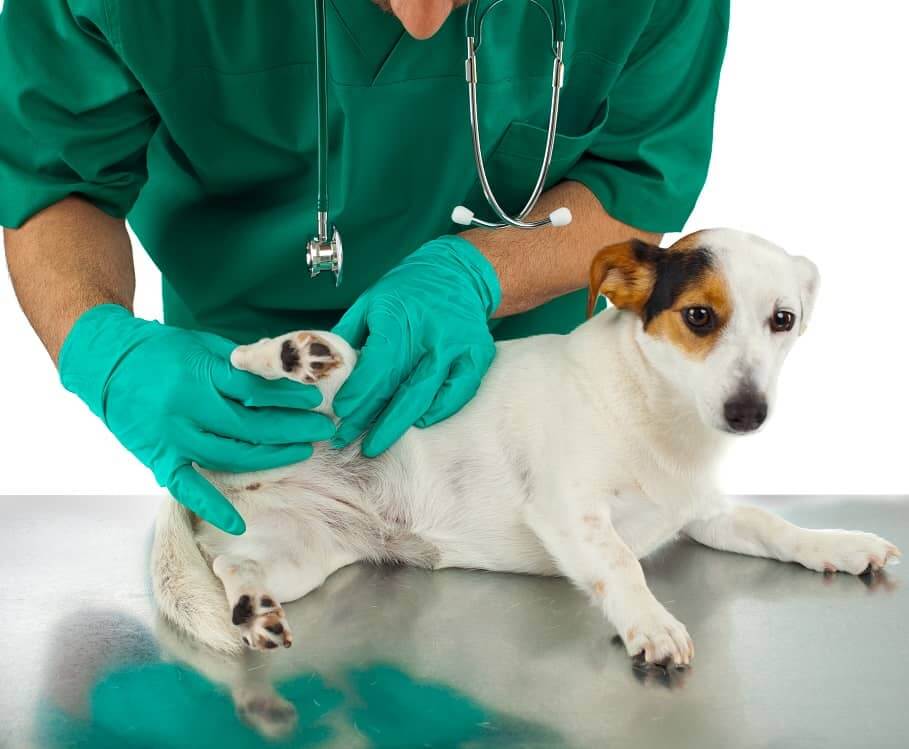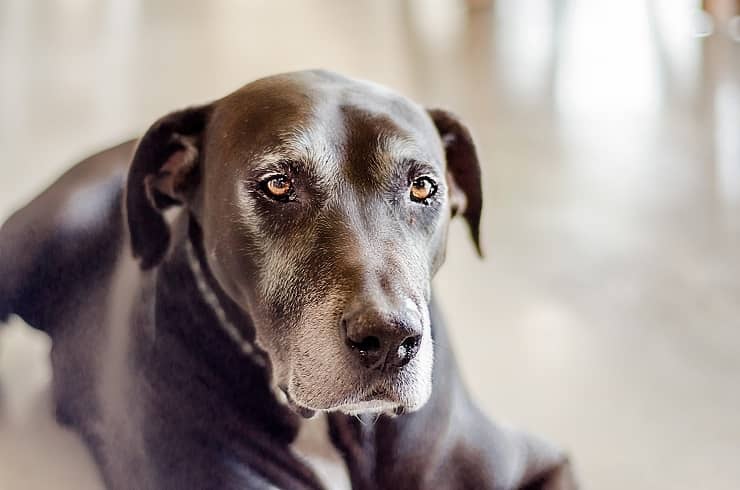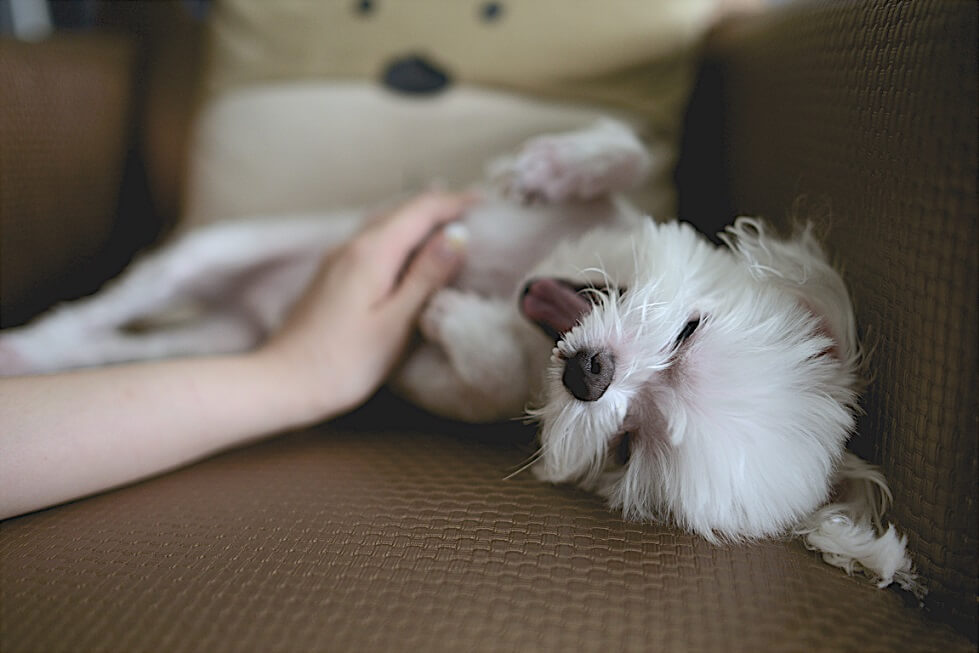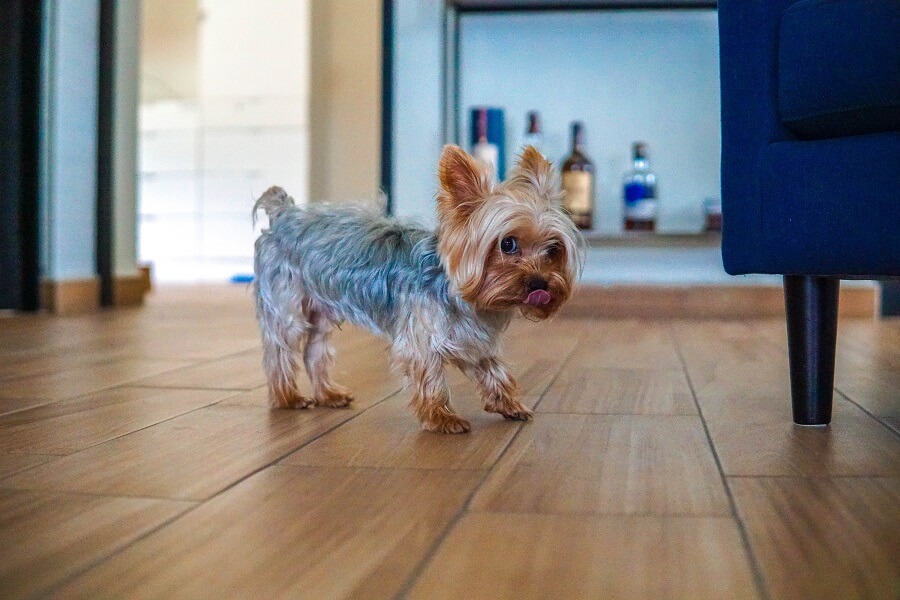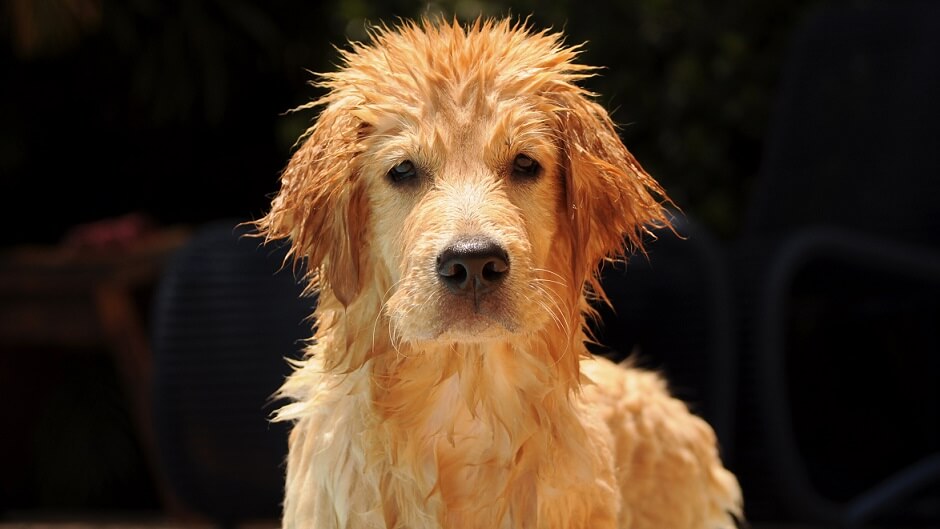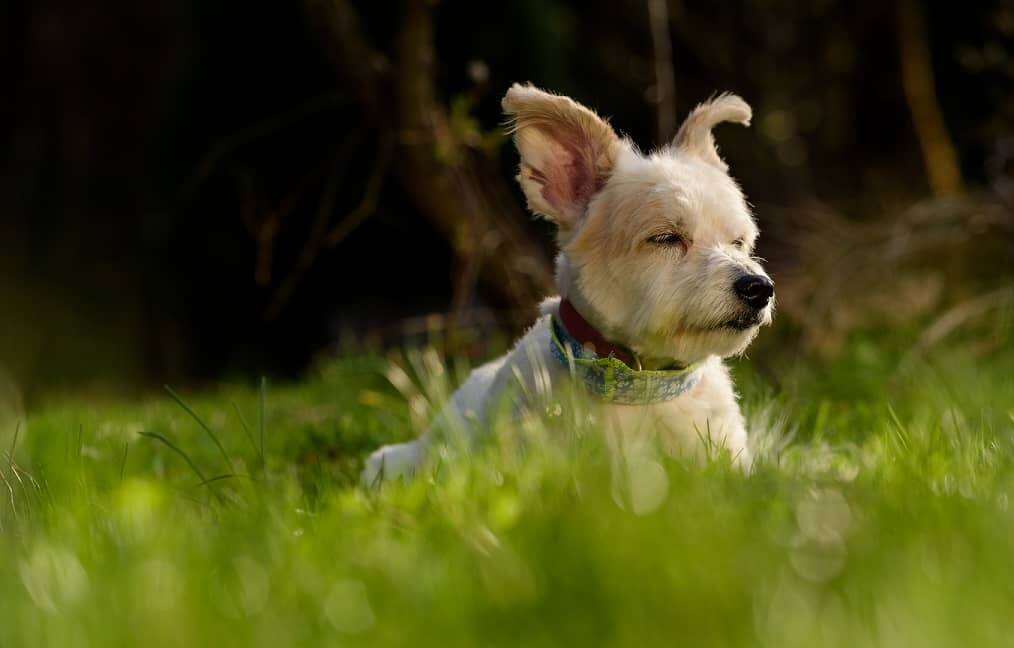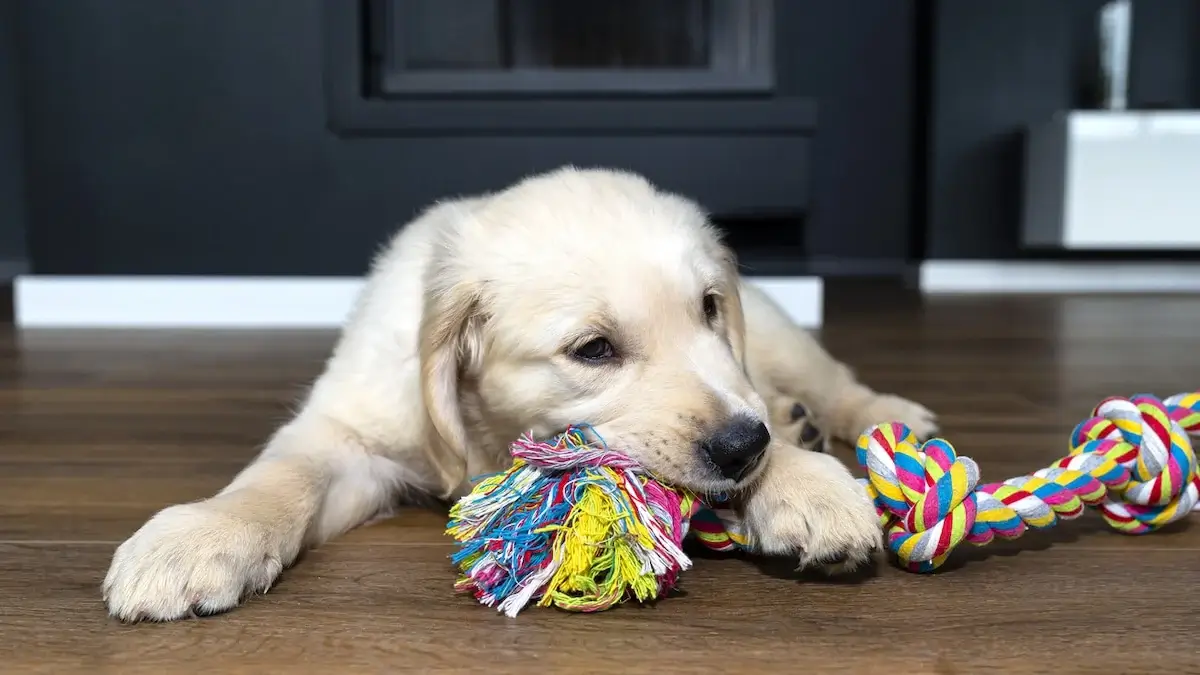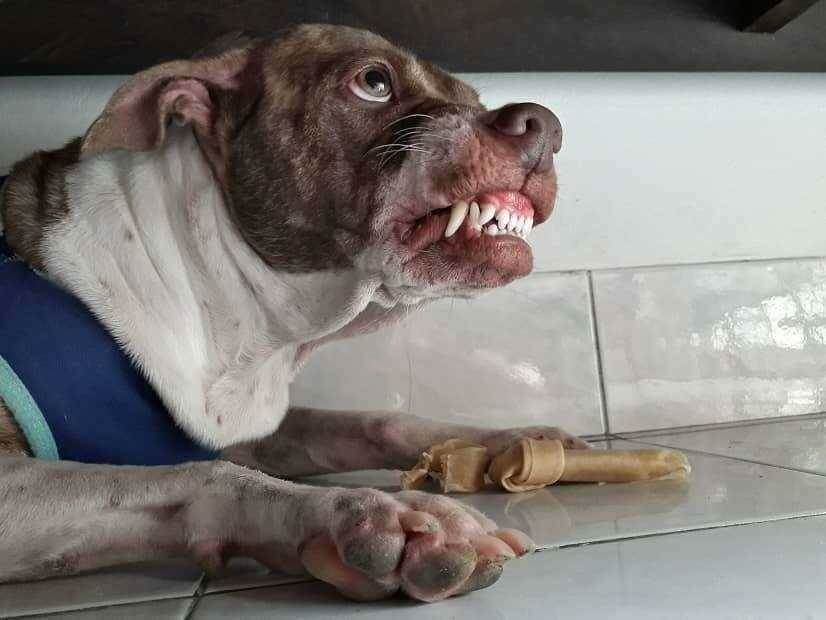Causes of Joint Dislocation
Dogs, particularly when they are active, can experience joint dislocations in their limbs. This type of injury can happen to dogs as the result of various activities, including falling/jumping from heights, getting hit by cars, quickly pulling their foot away from an unwanted object, or when they get stuck on something and hanging there, as happens frequently when a dog tries to jump a fence that is too high for it to clear. If a dog is hit by a car, it is at risk of sustaining injuries that may lead to joint dislocations.
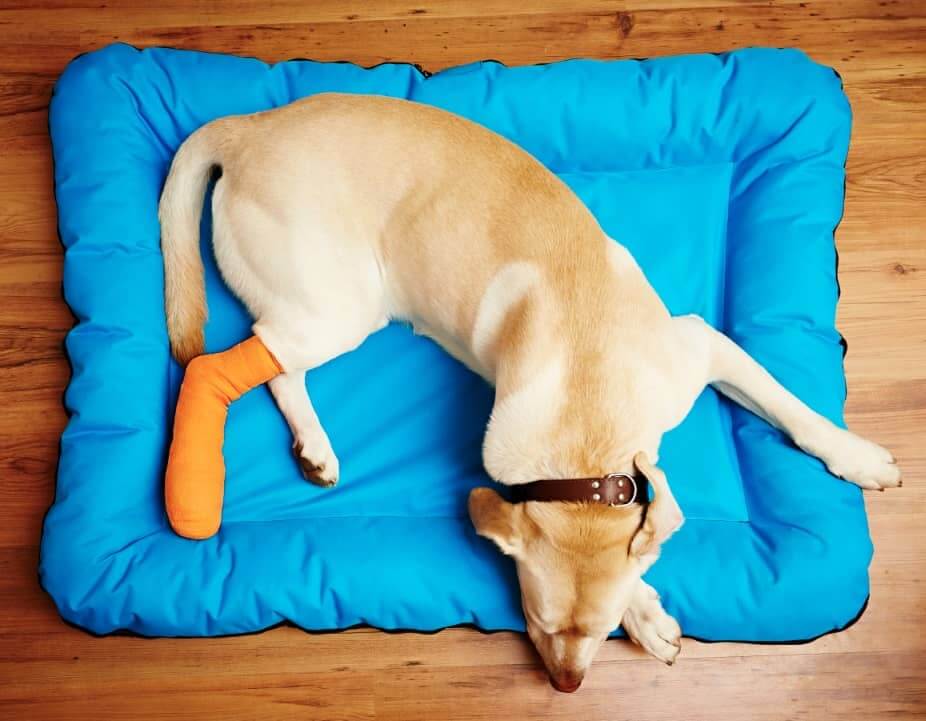
What to Look for and How to Treat Them
Signs that a dog owner may notice when their dog has suffered a dislocation of a joint are moderate to severe swelling, lameness, and reluctance to move the affected limb. Dog owners whose pets have just suffered a dislocation will likely see more pronounced symptoms. The swelling around the joint that has been dislocated can be anywhere from mild to severe. However, this enlargement can also be a sign of other joint injuries.
The dog owner can compare the affected joint to the joint on the opposite side of the dog, or move the affected leg carefully and feel for any changes. Comparing the two joints can help identify a dislocation, in case one exists. On the wounded or questionable side, the owner may also see a protruding bone with a depression where the bone came from, while there will be none on the opposite side. The injured dog’s mobility may be impaired in some way because of the injury. Although dislocation in dogs is not usually life-threatening, if it affects the vertebrae there can be serious consequences.
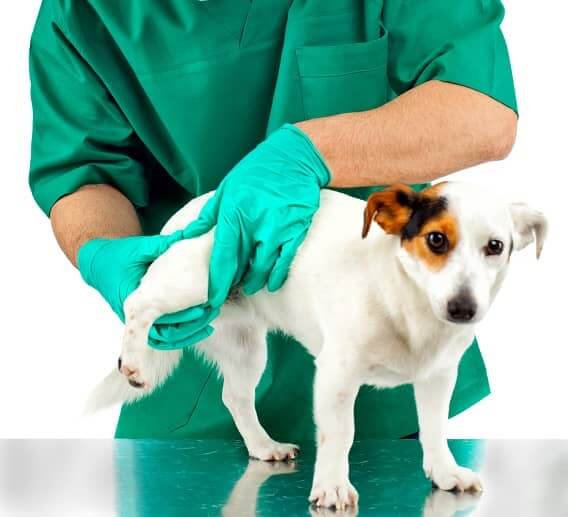
The treatment for a dog’s dislocated joint typically entails putting the joint back into place. When treating a dislocated joint in a dog, the person performing the procedure might utilize the joint on the dog’s opposite side as a pointer to what the joint should look like and where it should go to correct the dislocation. After you have repositioned the joint, it is important to keep it stabilized with a bandage or wrap. This dressing should be changed regularly and should stay in place for at least three weeks. If the joint dislocation happens in an area where a dressing can not be applied, such as the hip, It will need to be kept in a limited space where the dog will not be able to move about much. Keeping the dog stable and comfortable is imperative, regardless of whether it has received treatment for its dislocation or not.

